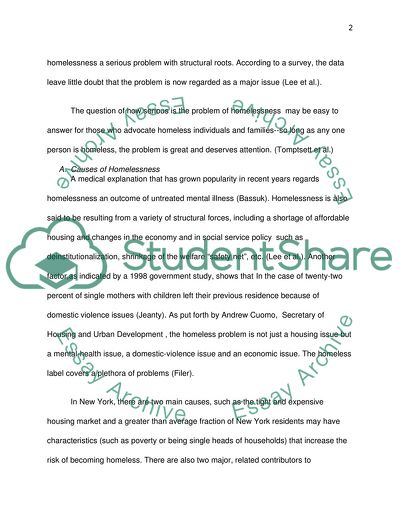Cite this document
(Social Problem Comparison: Homelessness Research Paper, n.d.)
Social Problem Comparison: Homelessness Research Paper. https://studentshare.org/social-science/1723451-homelessness
Social Problem Comparison: Homelessness Research Paper. https://studentshare.org/social-science/1723451-homelessness
(Social Problem Comparison: Homelessness Research Paper)
Social Problem Comparison: Homelessness Research Paper. https://studentshare.org/social-science/1723451-homelessness.
Social Problem Comparison: Homelessness Research Paper. https://studentshare.org/social-science/1723451-homelessness.
“Social Problem Comparison: Homelessness Research Paper”. https://studentshare.org/social-science/1723451-homelessness.


